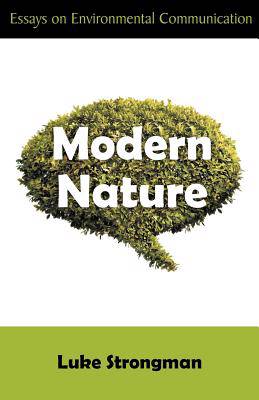
- Retrait gratuit dans votre magasin Club
- 7.000.000 titres dans notre catalogue
- Payer en toute sécurité
- Toujours un magasin près de chez vous
- Retrait gratuit dans votre magasin Club
- 7.000.0000 titres dans notre catalogue
- Payer en toute sécurité
- Toujours un magasin près de chez vous
45,45 €
+ 90 points
Description
This book presents ten essays about environmental communication. Chapter one introduces the concept of environmental communication and the ways in which it was conceived, imagined, and developed as a form of interdisciplinary enquiry. Chapter two explores the concept of green communication and education for the sustainable development movement. Chapter three is concerned with one of the major underlying socio-cultural influences of the human/nature divide: that of anthropomorphic or anthropogenic reasoning. Chapter four takes an ecological view of economics and develops an argument for the place of economic intangibles in the modern political economy. Chapters five and six explore specialist aspects of environmental communication practices: Chapter five is concerned with the contexts of psychologists' client and practitioner relationships, and chapter six with the communication domain of the expert courtroom witness. Chapter seven is concerned with exploring the phenomenon of 'social presence' within virtual environments. Chapters eight, nine and ten explore communication practices that are essential within the workplace and organizational environment: Chapter eight frames issues involving understanding ambiguity toleration in business communication; chapter nine explores leadership, management and self-esteem in the organizational communication context; and chapter ten discusses the environmental communication contexts of decision-making and organizational trust. The author has written this book for both general and specialist audiences, for students and teachers of environmental communication, and anyone with an interest in the prevalent concerns of 'modern nature' - the current orientation and practices of human communication in natural, virtual and professional spheres. It will also interest students and teachers of workplace organizations, including non-governmental organizations and business practitioners.
Spécifications
Parties prenantes
- Auteur(s) :
- Editeur:
Contenu
- Nombre de pages :
- 272
- Langue:
- Anglais
Caractéristiques
- EAN:
- 9781612331157
- Date de parution :
- 11-06-12
- Format:
- Livre broché
- Format numérique:
- Trade paperback (VS)
- Dimensions :
- 140 mm x 216 mm
- Poids :
- 317 g

Les avis
Nous publions uniquement les avis qui respectent les conditions requises. Consultez nos conditions pour les avis.






